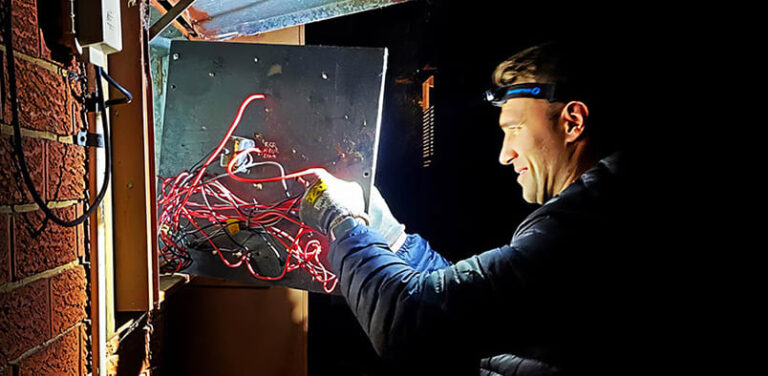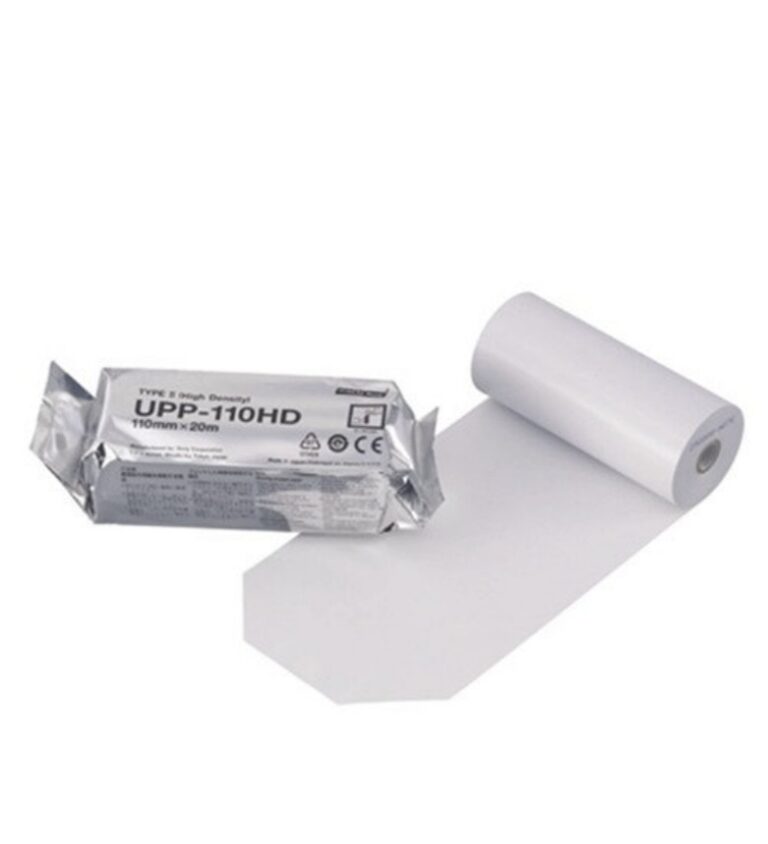How to Choose the Perfect Stainless Steel Pots and Pans Set for Your Cooking Style and Needs
Choosing the perfect stainless steel pots and pans set for your kitchen can greatly enhance your cooking experience.
Stainless steel cookware is celebrated for its durability, heat distribution, and non-reactive properties, making it a favorite among home cooks and professional chefs alike.
This guide will walk you through the essential factors to consider when selecting the ideal stainless steel pots and pans set tailored to your cooking style and needs.
Why Choose Stainless Steel Cookware?
Durability and Longevity
Stainless steel is incredibly durable and resistant to rust, corrosion, and staining. High-quality stainless steel cookware can last for decades with proper care, making it a worthwhile investment.
Heat Distribution
Stainless steel by itself is not the best conductor of heat, but when it is combined with aluminum or copper cores, it offers excellent heat distribution and retention. This ensures even cooking and reduces the risk of hot spots that can burn your food.
Non-Reactive Surface
Stainless steel is non-reactive, meaning it won’t interact with acidic or alkaline foods. This preserves the flavor of your dishes and prevents any unwanted metallic taste.
Versatility
Stainless steel pots and pans are suitable for various cooking methods, including sautéing, frying, boiling, and braising. It is also oven-safe and compatible with all types of stovetops, including induction.
Key Factors to Consider When Choosing a Stainless Steel Pots and Pans Set

Material Composition
Stainless Steel Grades
Stainless steel cookware is available in different grades, which indicate the quality and durability of the material:
- 18/10 Stainless Steel: This is the most common grade, containing 18% chromium and 10% nickel. It is highly resistant to rust and corrosion and provides a shiny, polished finish.
- 18/8 Stainless Steel: Similar to 18/10 but with slightly less nickel. It offers good durability and resistance to rust.
- 18/0 Stainless Steel: Contains no nickel, making it less resistant to rust but more affordable. It is also magnetic and suitable for induction cooktops.
Core Materials
To improve heat distribution, stainless steel pots and pans often feature cores made of aluminum or copper:
Aluminum Core: Aluminum is an excellent heat conductor, ensuring even heating across the cookware. It is lightweight and less expensive than copper.
Copper Core: Copper offers superior heat conductivity and precise temperature control, making it ideal for delicate cooking tasks. However, it is more expensive and requires regular maintenance to prevent tarnishing.
Cookware Pieces and Sizes
When selecting a stainless steel cookware set, consider the pieces included and their sizes. A typical set might include:
- Saucepan with Lid: Ideal for boiling, simmering, and making sauces. Common sizes range from 1 to 3 quarts.
- Stockpot with Lid: Perfect for making soups, stews, and boiling pasta. Sizes typically range from 6 to 12 quarts.
- Frying Pan or Skillet: Used for frying, sautéing, and browning. Available in various diameters, such as 8, 10, and 12 inches.
- Sauté Pan with Lid: Features straight sides and a larger cooking surface, suitable for sautéing, searing, and deglazing. Sizes usually range from 3 to 5 quarts.
- Dutch Oven: A versatile pot used for braising, roasting, and baking. Common sizes range from 5 to 7 quarts.
Assess your cooking habits and needs to determine which pieces are essential for you. If you frequently cook for a large family, opt for a set with larger pots and pans. For smaller households, a more compact set may suffice.
Handles and Lids

Handles
Look for cookware with sturdy, ergonomic handles that are securely riveted or welded to the pot or pan. Heat-resistant handles are essential for safe handling, especially when moving cookware from the stovetop to the oven.
Lids
Tight-fitting lids help retain heat and moisture during cooking. Some sets include glass lids, allowing you to monitor your cooking without lifting the lid and releasing heat. Ensure the lid handles are also heat-resistant and easy to grip.
Compatibility with Stovetops
Ensure that the stainless steel cookware set you choose is compatible with your stovetop. Most stainless steel cookware works well on gas and electric stoves. If you have an induction cooktop, check that the cookware is induction-compatible, which typically requires a magnetic base.
Maintenance and Care
Cleaning
Stainless steel cookware is generally easy to clean and can be washed by hand or in the dishwasher. To maintain the shine and prevent staining, avoid using abrasive cleaners and harsh scrubbing pads. For stubborn stains or burnt food, soak the cookware in warm, soapy water before cleaning.
Storage
Proper storage helps prolong the lifespan of your cookware. Use protective pads or towels between stacked pots and pans to prevent scratching. If space allows, hanging racks can provide convenient and safe storage.
Budget Considerations
Stainless steel cookware sets are available at various price points, from budget-friendly options to high-end professional sets. Determine your budget and look for a set that offers the best quality and features within your price range.
Investing in a higher-quality set may have a higher upfront cost but can save money in the long run due to its durability and longevity.
Tips for Using Stainless Steel Cookware

Preheating
Always preheat your stainless steel cookware before adding oil or food. This helps create a natural nonstick surface and prevents food from sticking.
Using the Right Cooking Oil
Choose cooking oils with a high smoke point, such as vegetable oil, canola oil, or grapeseed oil. Avoid using low smoke point oils, like olive oil, at high temperatures to prevent burning and sticking.
Temperature Control
Stainless steel cookware responds quickly to temperature changes. Use medium to medium-high heat for most cooking tasks to prevent burning and ensure even cooking. Avoid using high heat unless necessary for specific cooking techniques, such as searing.
Deglazing
After cooking, deglaze the pan by adding a small amount of liquid (such as broth, wine, or water) to loosen and dissolve the browned bits (fond) on the bottom of the pan. This not only makes cleaning easier but also enhances the flavor of your sauces and gravies.
Conclusion
Selecting the perfect stainless steel pots and pans set for your kitchen involves considering several factors, including material composition, cookware pieces, handles and lids, stovetop compatibility, maintenance, and budget.
By understanding your cooking style and needs, you can choose a set that enhances your culinary experience and provides years of reliable service. Stainless steel cookware is a versatile and durable choice that, with proper care, will become a valuable asset in your kitchen.






